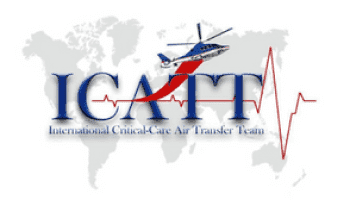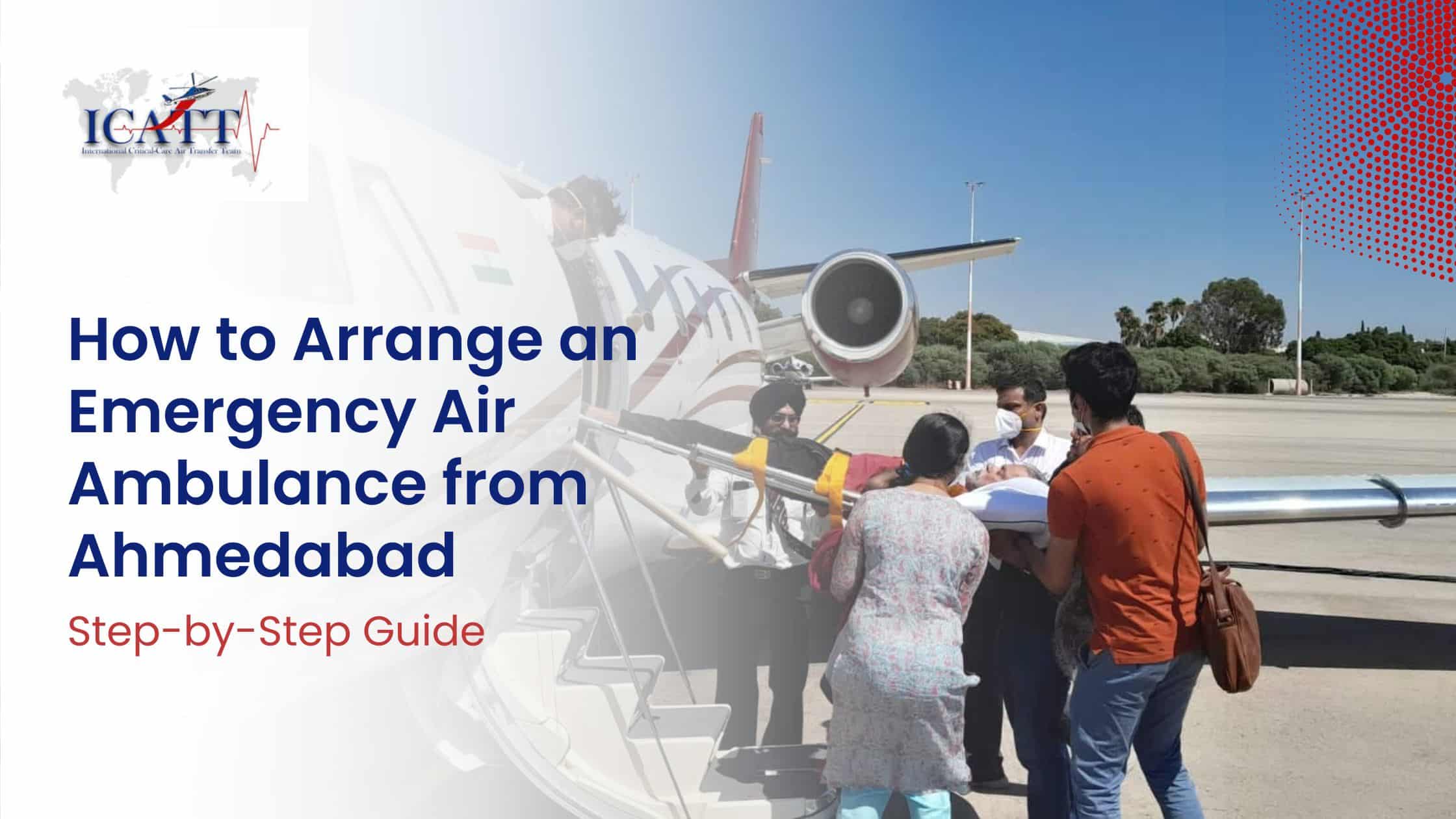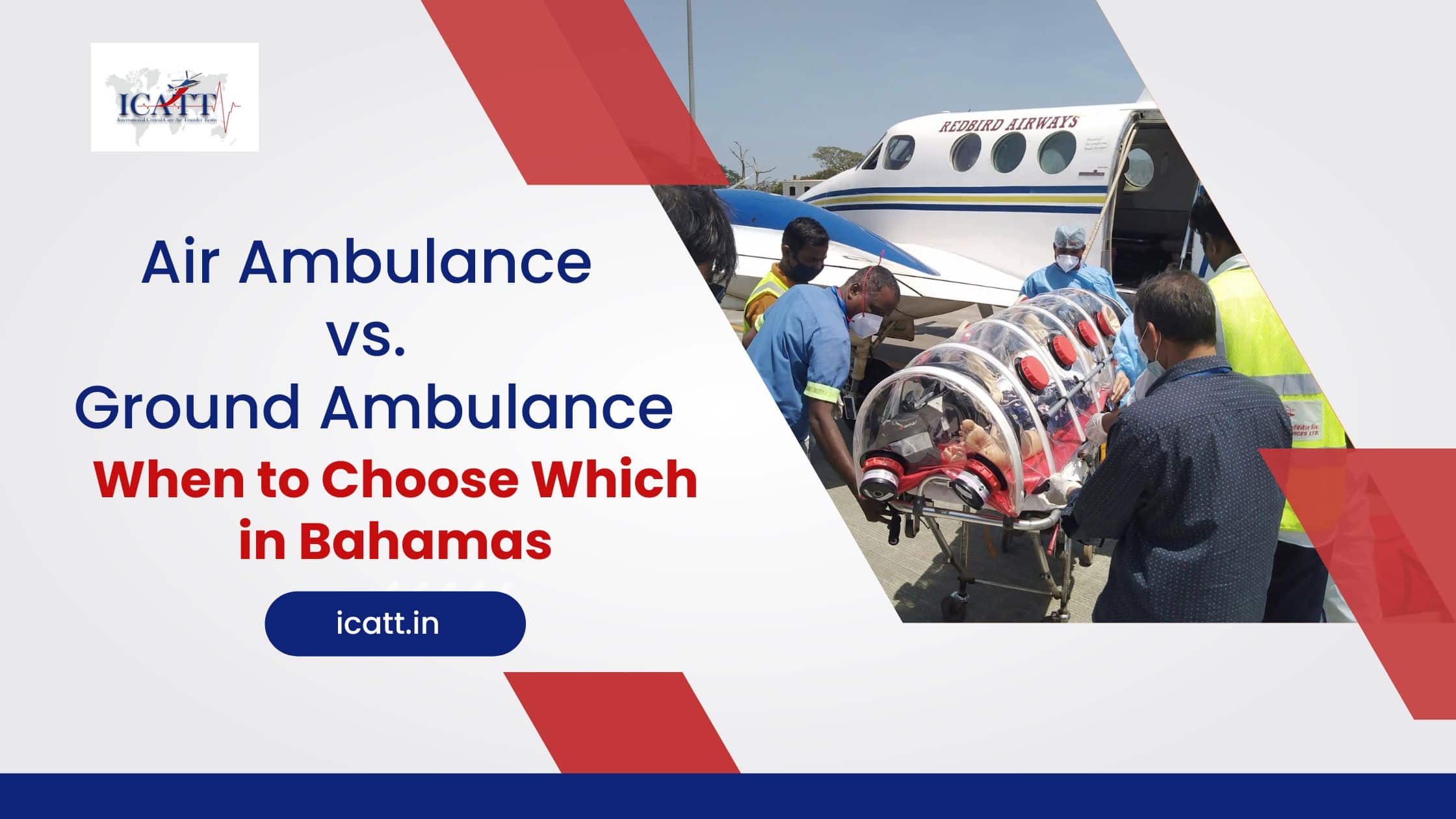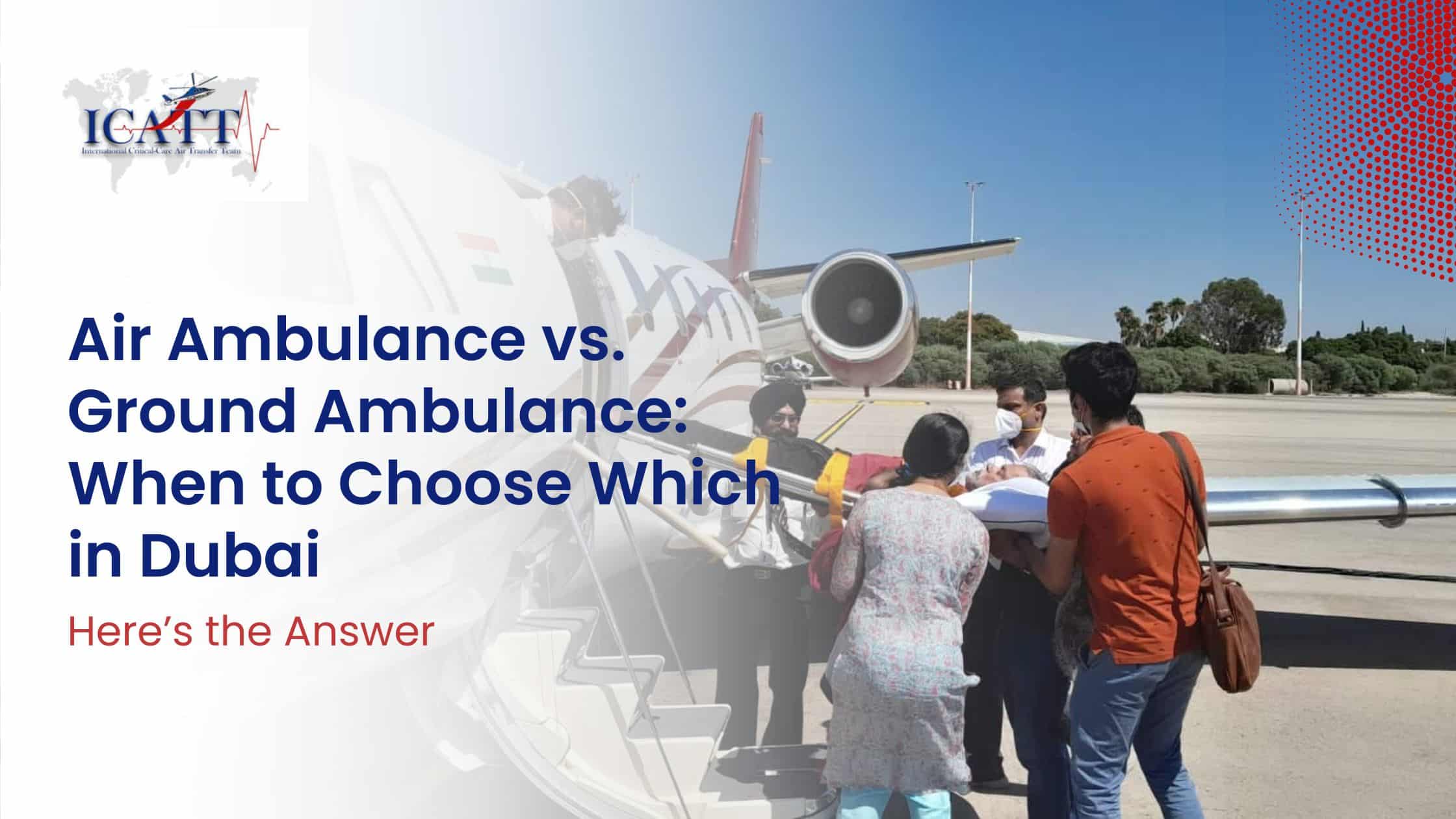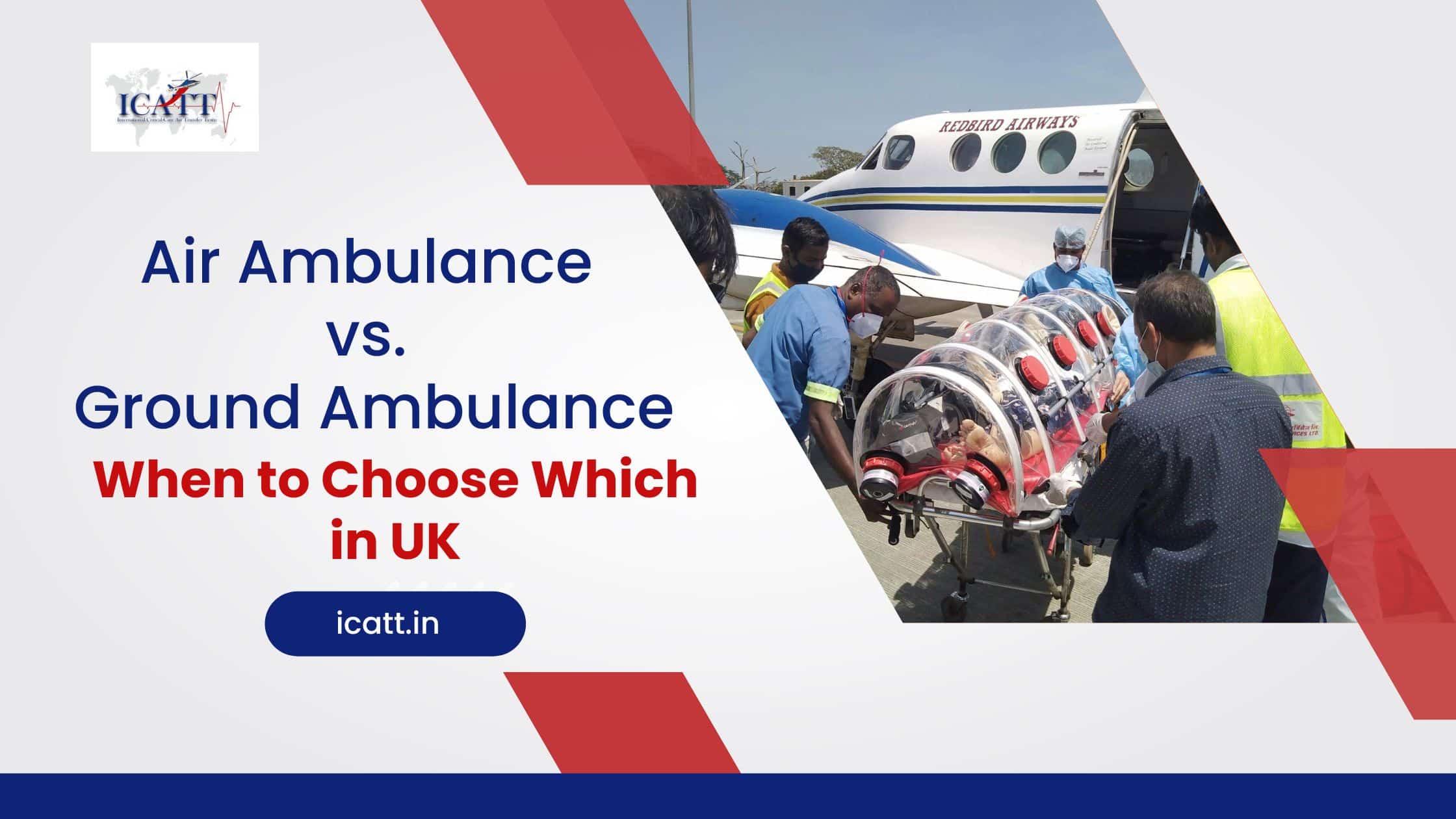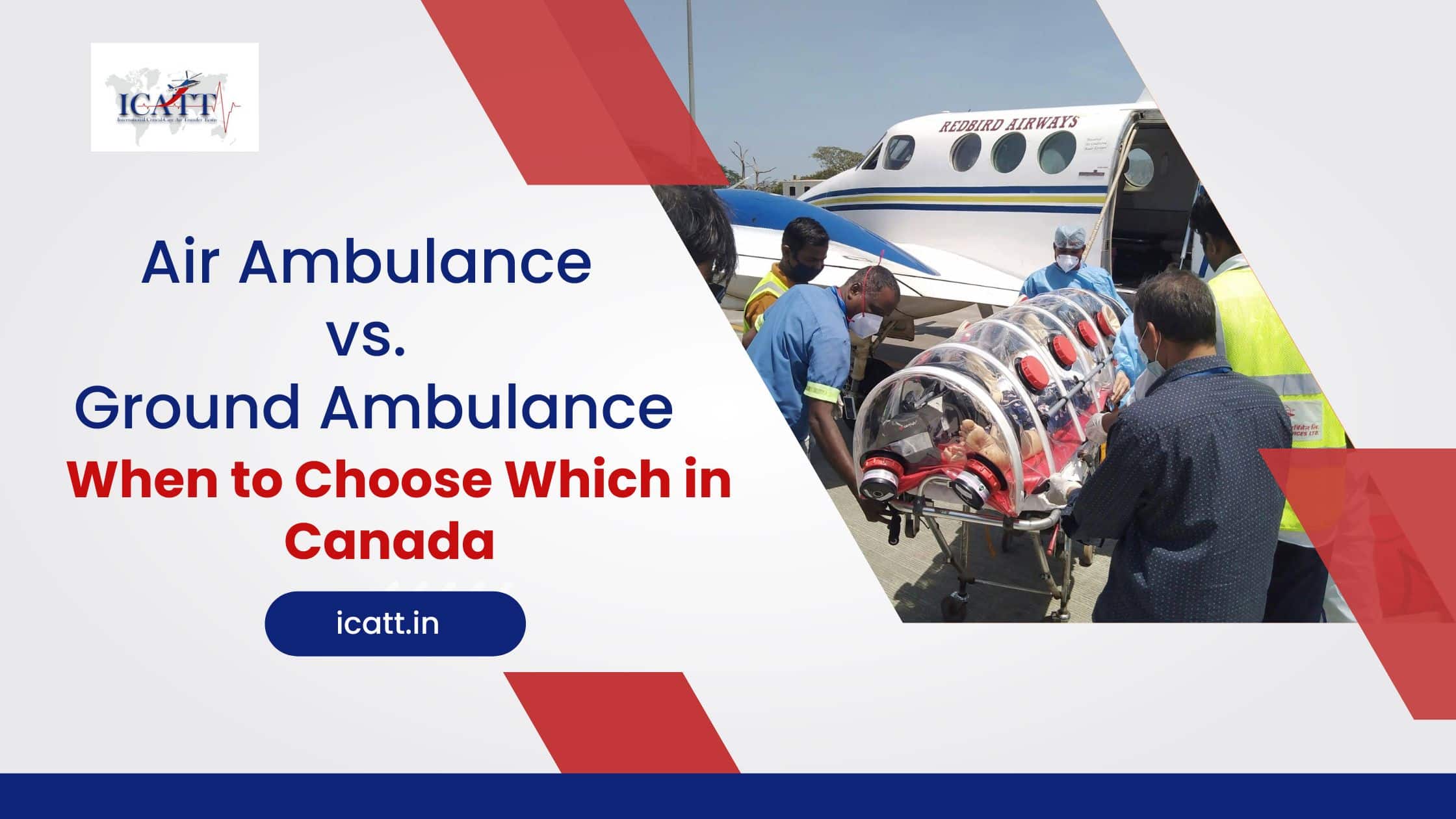In times of war, civil unrest, and humanitarian crises, one of the most pressing challenges is providing medical assistance to those affected. Conflict zones often suffer from a breakdown of healthcare infrastructure, making it difficult for the injured and critically ill to receive timely treatment. In such situations, air ambulances serve as a crucial lifeline, offering rapid medical evacuation and advanced in-flight care.
ICATT, a leading air ambulance service provider, has been at the forefront of medical evacuation operations, saving lives in some of the world’s most dangerous environments. Their expertise in aeromedical transport ensures that critically ill patients, including civilians, soldiers, and humanitarian workers, receive the medical attention they desperately need.
ICATT’s Role in Conflict Zone Medical Evacuations
ICATT has been instrumental in providing emergency air medical services across regions affected by conflicts and disasters. Their expertise in handling high-risk medical evacuations includes:
- State-of-the-Art Air Ambulances
- ICATT’s fleet is equipped with cutting-edge medical technology, including ventilators, defibrillators, and critical care monitoring systems.
- Aircraft are customized to provide ICU-level care during transport.
- Highly Trained Medical Teams
- Their teams include emergency physicians, trauma specialists, and flight paramedics trained to handle extreme medical conditions.
- Training in battlefield medicine ensures they are prepared for the challenges of conflict zone evacuations.
- Global Reach and Collaboration
- ICATT collaborates with governments, military forces, NGOs, and international agencies to execute complex evacuation missions.
- Partnerships with global hospitals ensure seamless patient transfers.
- Humanitarian Mission Experience
- ICATT has successfully conducted medical evacuations from regions facing war, terrorist attacks, and natural disasters.
- Their experience in coordinating with international bodies like the Red Cross and WHO enhances their operational efficiency.
The Need for Air Ambulances in Conflict Zones
Conflicts disrupt healthcare systems, leaving hospitals overwhelmed or completely destroyed. Medical resources become scarce, and civilians often have no access to emergency care. This is where air ambulances step in to bridge the gap, offering safe and efficient patient evacuation. The primary reasons why air ambulances are essential in conflict zones include:
- Rapid Response and Evacuation – Air ambulances significantly reduce the time it takes to transport critically ill or injured patients from conflict zones to safer locations for treatment.
- Access to Remote Areas – Many war-torn regions have limited road access due to destroyed infrastructure. Air ambulances can bypass these obstacles and reach patients quickly.
- Advanced Medical Care – Equipped with ICU facilities, air ambulances provide critical care during transit, improving survival rates.
- Safety for Medical Personnel – Ground-based medical teams often face high risks in conflict areas. Air ambulances provide a safer alternative to ground transport.
- Evacuation of Vulnerable Populations – Women, children, and elderly individuals who require urgent medical care can be safely evacuated using air ambulances.
How Air Ambulance Operations Work in Conflict Zones
The evacuation of patients from conflict zones via air ambulance is a complex and meticulously planned operation. It involves multiple stages, coordination between various stakeholders, and adherence to international humanitarian laws.
1. Assessment and Coordination
Before an air ambulance mission is launched, a thorough assessment of the situation is conducted. This includes:
- Identifying the medical condition of the patient(s)
- Determining the safest route for evacuation
- Obtaining necessary clearances from local authorities and international organizations
- Coordinating with ground teams for patient pickup
2. Medical Stabilization and Preparation
Patients are first stabilized at a nearby field hospital or medical facility. Air ambulance teams, often comprising highly trained doctors, paramedics, and pilots, work to ensure that patients are fit for transfer. In many cases, specialized medical equipment, including ventilators, cardiac monitors, and trauma kits, are prepared for the flight.
3. Airborne Medical Evacuation
Once onboard, patients receive continuous medical care. The medical team monitors vital signs, administers necessary treatments, and ensures the patient remains stable throughout the flight. The aircraft used in these missions are equipped to function as flying ICUs, allowing for advanced interventions.
4. Hospital Transfer at Destination
Upon landing, patients are transported via ground ambulances to designated hospitals for further treatment. In international evacuations, arrangements are often made in advance with hospitals in safer countries to receive patients.
Challenges Faced by Air Ambulance Services in Conflict Zones
Despite their life-saving capabilities, air ambulance operations in conflict zones face numerous challenges, including:
1. Security Risks
Conflict zones are unpredictable, with ongoing military operations, airstrikes, and ground attacks. Ensuring the safety of medical evacuation flights requires close coordination with military and humanitarian organizations.
2. Airspace Restrictions
Many conflict zones have restricted airspace or are subject to no-fly zones. Negotiating flight permissions and ensuring safe corridors for travel can be time-consuming and complex.
3. Limited Access to Fuel and Infrastructure
Refueling stations and landing zones are often unavailable in war-torn areas. Air ambulances must plan meticulously to ensure sufficient fuel and identify suitable landing locations.
4. Medical Challenges
Transporting critically ill patients over long distances poses medical challenges, such as altitude-related complications, in-flight emergencies, and the need for continuous care during transit.
Case Studies: Successful Air Ambulance Missions in Conflict Zones
1. War-Torn Middle East Evacuations
During ongoing conflicts in the Middle East, ICATT has facilitated the evacuation of injured civilians and foreign nationals. By coordinating with local and international agencies, they have transported patients from unsafe regions to advanced medical centers abroad.
2. Humanitarian Relief During the Russia-Ukraine Conflict
ICATT played a role in evacuating individuals affected by the war, including injured refugees and medical patients requiring urgent care.
3. Evacuations from African Conflict Zones
Civil unrest in African nations has led to mass casualties and overwhelmed hospitals. ICATT has conducted rescue operations in these areas, ensuring patients receive the necessary medical attention.
The Future of Air Ambulance Services in Crisis Areas
As conflicts continue to erupt across different regions, the demand for air ambulance services is expected to rise. The future of air medical evacuation will likely see:
- Increased Use of Drones – For reconnaissance and initial medical aid delivery before full evacuation.
- Advancements in Telemedicine – Remote monitoring of patients during evacuation to enhance medical decision-making.
- Enhanced Aircraft Technology – Faster, more fuel-efficient, and better-equipped air ambulances.
- Stronger International Cooperation – Improved global response frameworks for rapid medical evacuation.
Conclusion
Air ambulance services are an indispensable part of modern conflict zone response, providing a crucial bridge between life-threatening injuries and lifesaving medical care. Organizations like ICATT are at the forefront of these efforts, offering expertise, advanced technology, and a commitment to humanitarian service.
In a world where conflicts continue to disrupt lives, the role of air ambulance services in crisis areas will remain critical. With continuous advancements in medical aviation and stronger global cooperation, air ambulances will continue to save countless lives, reaffirming the importance of rapid medical evacuation in times of crisis.
